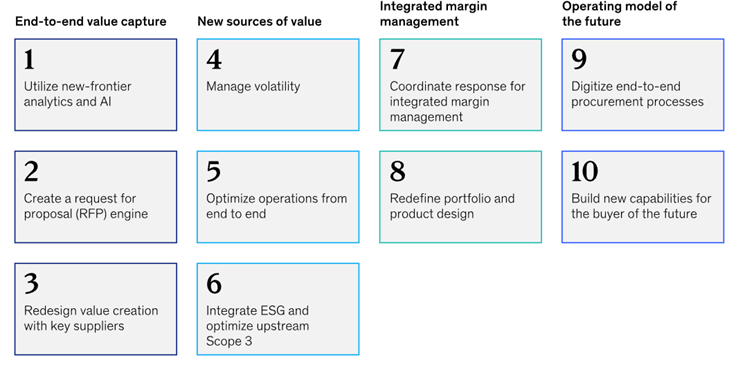
|
||||||
|
Welcome to the sixth edition of McKinsey’s US State & Local Government newsletter. Building on last edition’s discussion of resident experience, this issue explores how performance-based vendor contracting can be used to improve the user experience. On average, ~70% of government spend is with third party contractors. Within that contracted spend, technology is creeping into many areas of government procurement (i.e., 95% of all contracts have some form of technology in their delivery scope). If agencies and governments want to improve resident experience, they must get comfortable with performance-based contracting and vendor management. Building these more innovative payment contract structures may require three important mindset shifts:
While creating innovative contracts requires thoughtful negotiation preparation on the part of the government agency, the inclusion of these structures can set long-term precedents for vendor accountability. Please contact us with topics you’d like us to cover, other feedback, or questions. Thank you for your service, |
||||||
|
What you might want to know
|
||||||
|
||||||
|
Events
|
||||||
|
||||||
|
More from McKinsey
|
||||||
|
||||||
|
Spotlight chart
|
||||||
|
Procurement 2024: The next ten CPO actions to meet today’s toughest challenges
Ten core actions Chief Procurement Officers can take now to meet evolving procurement challenges
|
||||||

|
||||||
|
Read more on these actions
here.
|
||||||
|
Is this newsletter helpful? Please let us know by clicking the button below and help us forward this to your colleagues so they can subscribe to receive this newsletter |
||||||
|
||||||
|
||||||
|
